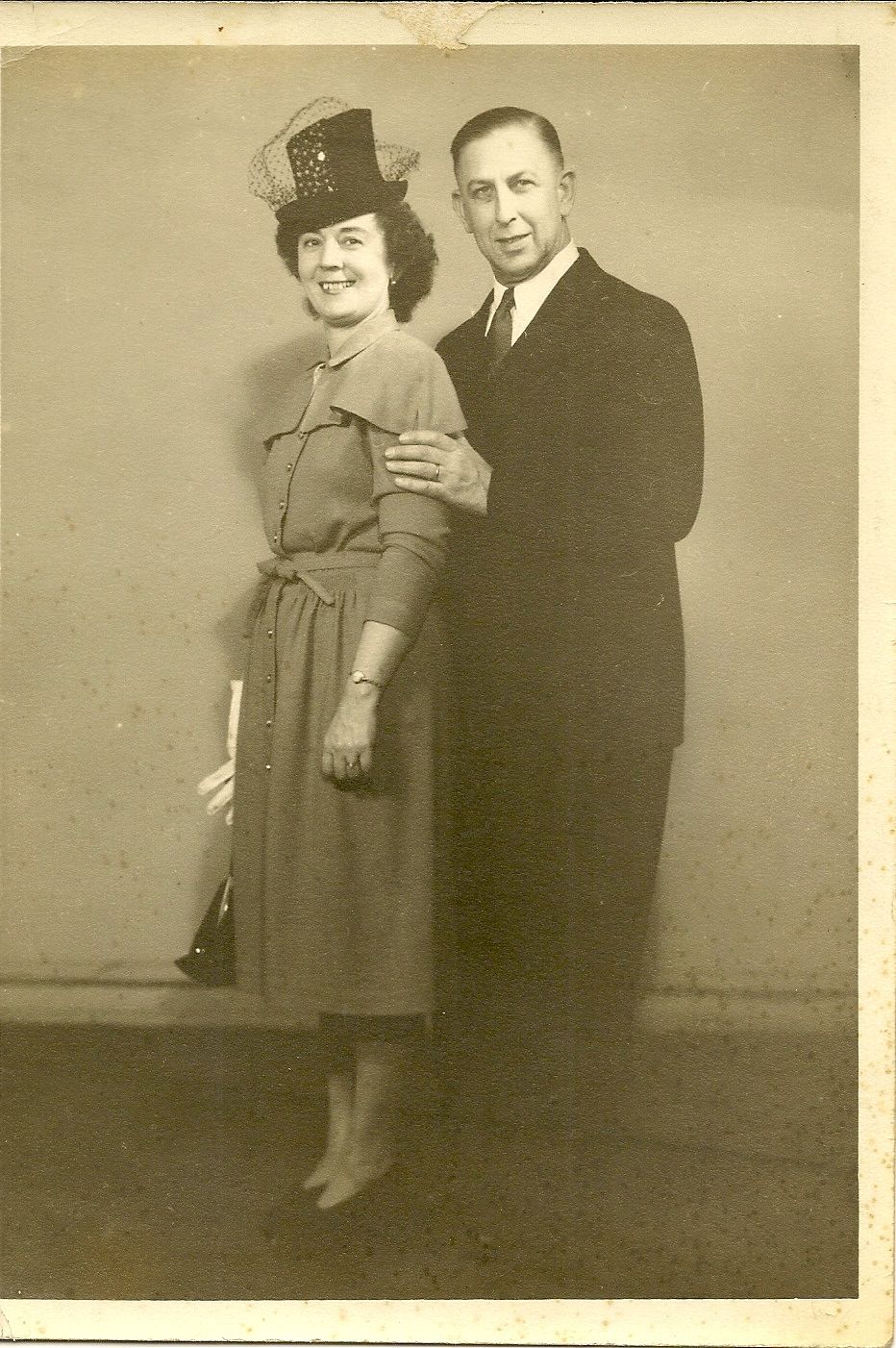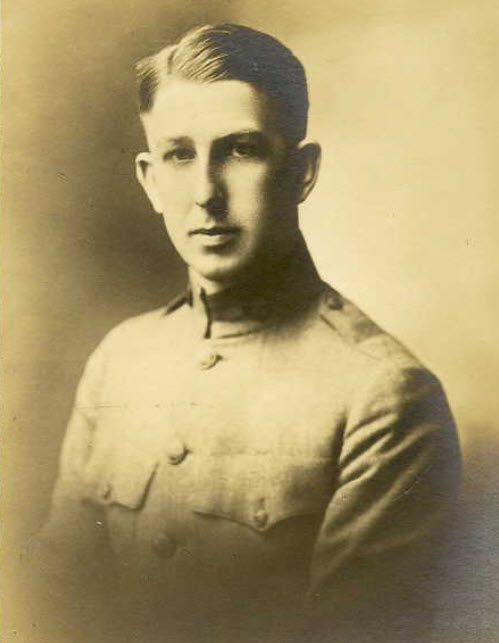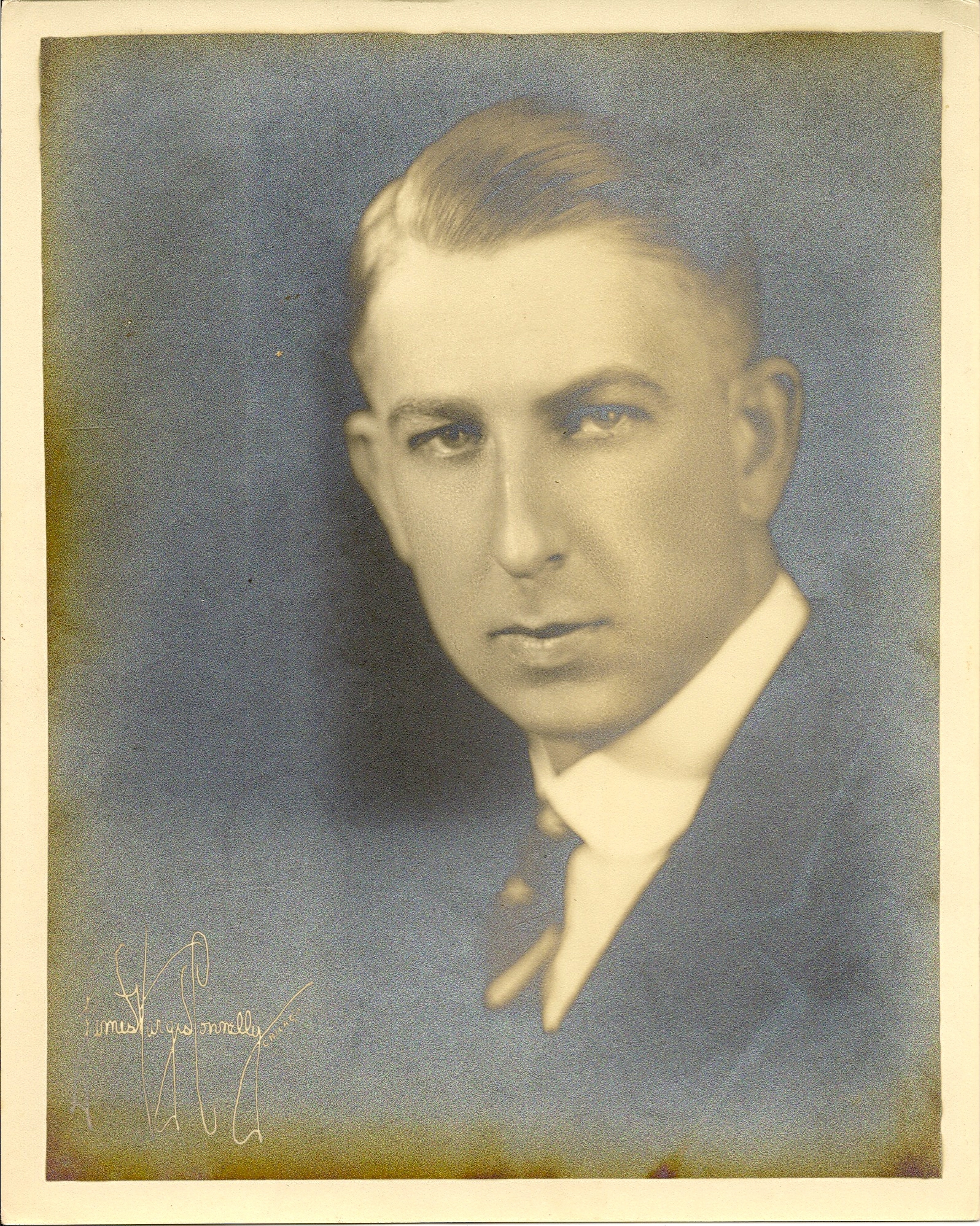Everett Burr was born on January 18, 1895, in Warren County, Ohio, to George and Virginia Burr; he had two siblings. Burr’s father practiced law in Ohio but moved to Paragould in 1905. In 1915, two days after Burr’s twentieth birthday, his mother died. His 1917 draft card shows him living in a boarding house in Detroit, Michigan. His trade was motor building, but he was unemployed. In 1923, his father became a Methodist minister, serving a number of communities in northern and western Arkansas.
Burr enrolled at the Art Institute of Chicago, where he studied in the 1920s with Leopold Seyffert, a society portraitist, and Albin Polasek, an academic sculptor. By 1926, Burr’s work was being exhibited at the Art Institute of Chicago and, in 1927, at the Illinois Academy of Fine Arts. In 1930, after the Depression hit, Burr—thirty-five, single, and working in advertising graphics for a printing firm—was living in Chicago with a motley group of lodgers. In 1931, he participated in a show sponsored by the Renaissance Society. Two works, a self-portrait and Plenty, were shown at the Century of Progress Exhibition in 1933, and he received a prize from the Art Institute of Chicago that same year.
Meanwhile, the Arkansas Centennial Commission was planning a gala celebration of Arkansas statehood and wanted to sell a commemorative coin to fund it. Burr won the contest to design the coin, but the federal Commission on Fine Arts rejected his proposals in July 1934. After much negotiation, approval finally came in March 1935. The reverse of the design was later used for a half-dollar honoring Senator Joseph T. Robinson.In 1946, Burr married Margaret Love Stewart of Memphis, Tennessee. She helped him publish Show-Card Making Simplified (1951). Teaching occupied most of Burr’s time, but his Portrait of Robert P. Hackett appeared at the Chicago Artists’ Exhibition in 1958. Burr retired from teaching in 1963. They had no children. Body donated to science.
Everett Burr was born on January 18, 1895, in Warren County, Ohio, to George and Virginia Burr; he had two siblings. Burr’s father practiced law in Ohio but moved to Paragould in 1905. In 1915, two days after Burr’s twentieth birthday, his mother died. His 1917 draft card shows him living in a boarding house in Detroit, Michigan. His trade was motor building, but he was unemployed. In 1923, his father became a Methodist minister, serving a number of communities in northern and western Arkansas.
Burr enrolled at the Art Institute of Chicago, where he studied in the 1920s with Leopold Seyffert, a society portraitist, and Albin Polasek, an academic sculptor. By 1926, Burr’s work was being exhibited at the Art Institute of Chicago and, in 1927, at the Illinois Academy of Fine Arts. In 1930, after the Depression hit, Burr—thirty-five, single, and working in advertising graphics for a printing firm—was living in Chicago with a motley group of lodgers. In 1931, he participated in a show sponsored by the Renaissance Society. Two works, a self-portrait and Plenty, were shown at the Century of Progress Exhibition in 1933, and he received a prize from the Art Institute of Chicago that same year.
Meanwhile, the Arkansas Centennial Commission was planning a gala celebration of Arkansas statehood and wanted to sell a commemorative coin to fund it. Burr won the contest to design the coin, but the federal Commission on Fine Arts rejected his proposals in July 1934. After much negotiation, approval finally came in March 1935. The reverse of the design was later used for a half-dollar honoring Senator Joseph T. Robinson.In 1946, Burr married Margaret Love Stewart of Memphis, Tennessee. She helped him publish Show-Card Making Simplified (1951). Teaching occupied most of Burr’s time, but his Portrait of Robert P. Hackett appeared at the Chicago Artists’ Exhibition in 1958. Burr retired from teaching in 1963. They had no children. Body donated to science.
Family Members
Sponsored by Ancestry
Advertisement
Advertisement













